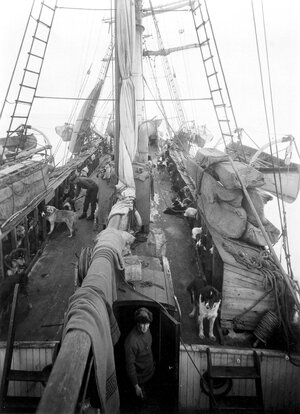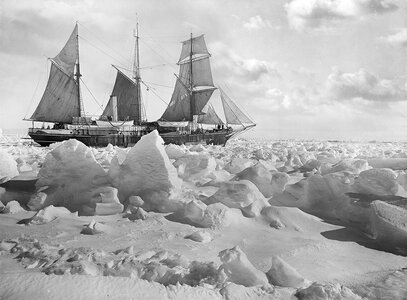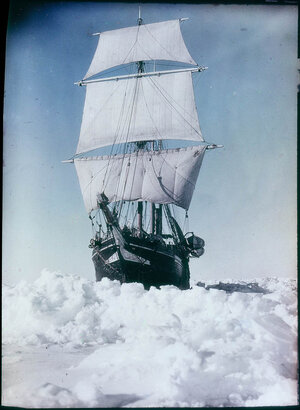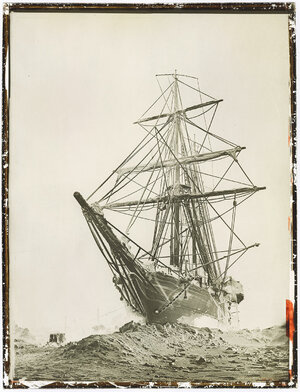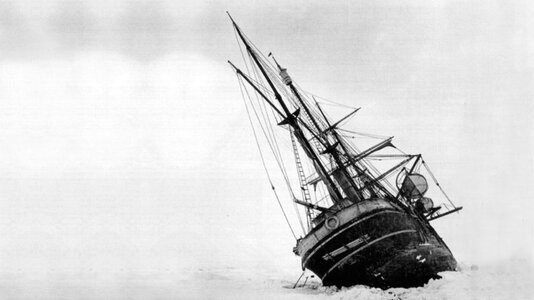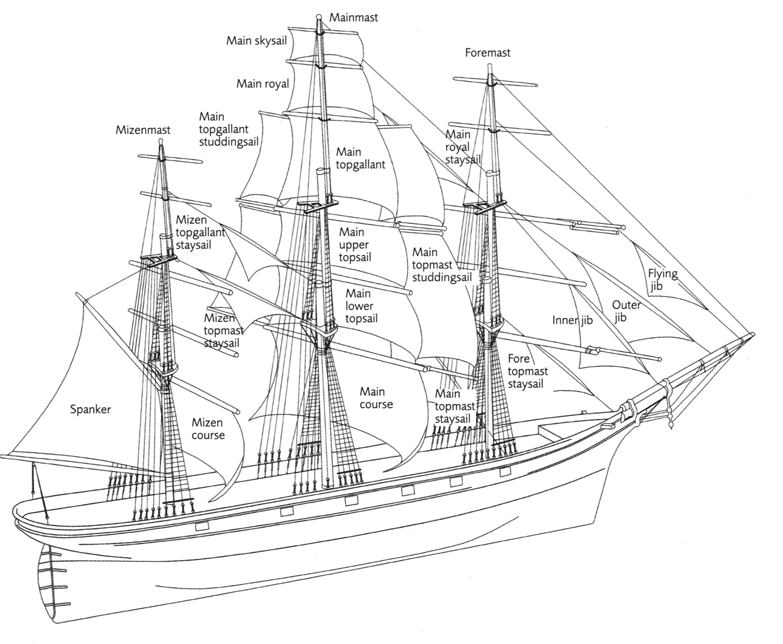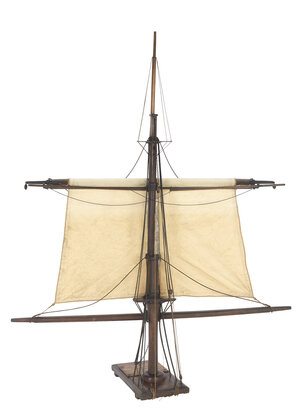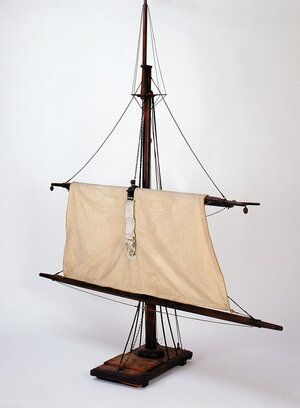I am on my second build and have started on the sails of the Endurance (Occre kit) the instructions show the standard Occre method of attaching the sail to the yards but looking at the photo of the main sail on the fore mast it appears that there is some sort of roller furling system, the others have the usual roband attachment.

The roller system (if that is what it is) is better seen on the picture of the wreck just before sinking.

I as far as I can tell from a quick search roller furling started to be used around the time that the Endurance (Polaris) was built.
Am I mis-reading the pictures? Has anyone else modified the Occre kit to include this feature? How do those intermediate supports work?
I have found a reference to "square sail furling like on the Endurance" but am stuck on going further with the research.. I will try to replicate how it looks but would like to understand how it is supported.
Any help or observations welcome...
The roller system (if that is what it is) is better seen on the picture of the wreck just before sinking.
I as far as I can tell from a quick search roller furling started to be used around the time that the Endurance (Polaris) was built.
Am I mis-reading the pictures? Has anyone else modified the Occre kit to include this feature? How do those intermediate supports work?
I have found a reference to "square sail furling like on the Endurance" but am stuck on going further with the research.. I will try to replicate how it looks but would like to understand how it is supported.
Any help or observations welcome...



